Violets (senpolias) have long been deservedly popular with flower growers due to the unusual combination of color shades on plentifully flowering bushes. Flowers take up little space and, with proper care, delight their owners with lush flowering. However, the senpolis are very whimsical to the conditions of their detention. An important component of proper plant care is:
- timely transplantation;
- replacing soil in a flowerpot;
- rejuvenation;
- reproduction.
The correct movement of the plant in a new pot plays an important role in the care, without it the flower will cease to bloom, develop and may even die. In addition, these plants are very delicate, and they must be handled with extreme care. Therefore, you need to carefully observe the rules and the technique of transplanting violets at home, so that the plant does not wither after changing the container.
Content
The need and timing of violet transplantation
There are several reasons for transplanting violets. This can be either a planned procedure, when the substrate is depleted and the plant ceases to receive nutrients, or unscheduled, when the plant becomes ill and requires an urgent replacement of the soil in which it grows.
In addition, the need for a transplant occurs:
- from a newly bought plant in a flower shop;
- when found on the upper soil layer in a pot of whitish plaque;
- with a large growth of the root system;
- with improper appearance of the flower (wilting, dying of leaves);
- in the absence of a feeding result;
- when planting a large bush;
- when rooting a young shoot from an rooted leaf.
The most favorable period of plant transplantation include the spring months. At this time, the senpolia has a lot of vitality, so the rooting process will be less painful for her. However, if the need arises, then the procedure can be performed in the autumn period.
Summer is not the right time for any procedure, as the elevated ambient temperature does not contribute to the rapid survival of the plant. In winter, it is also not recommended to carry out a transplant of senpolias due to the lack of sufficient lighting and short daylight hours.
For adult plants and children
If an adult plant has reached the state when the rhizomes have filled the entire space of the flowerpot and peek out from the drainage holes, then such a violet is subject to transplantation. At the same time, a few hours before the procedure, the soil is well moistened so that the plant can be easily removed from the pot.
The flower extracted from the flowerpot is carefully examined, the root system is cleaned of the ground, and redundant and damaged roots are shortened by 2/3. The resulting wounds are treated with charcoal and planted violet in a new pot filled with fresh soil.
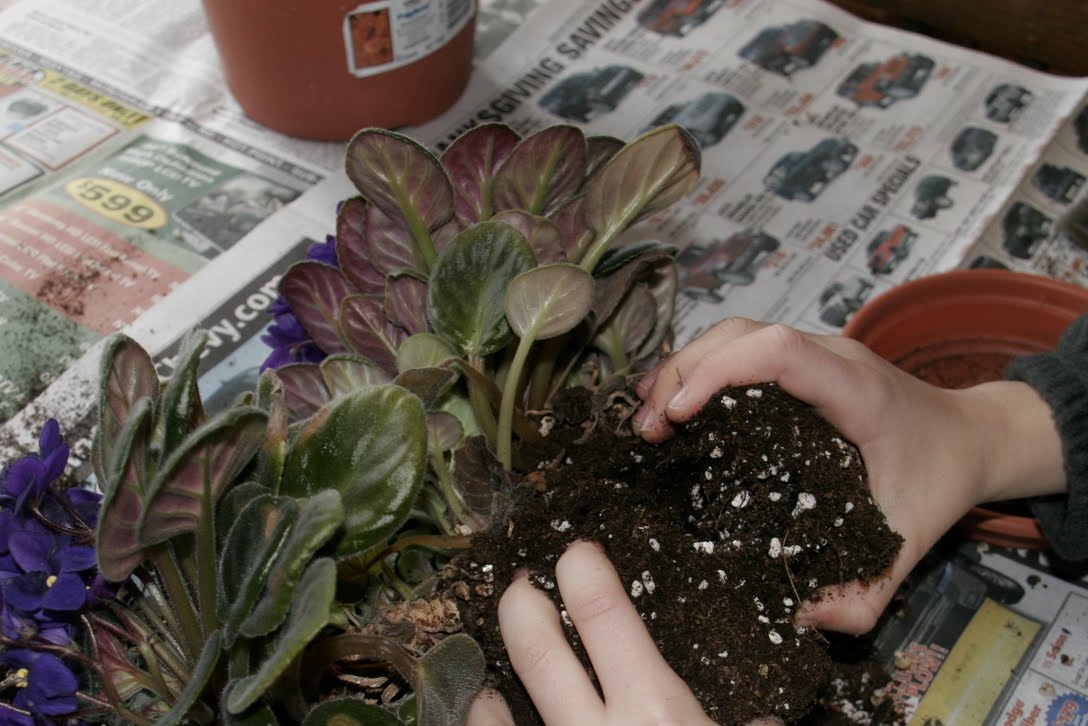
Children plant in small pots or plastic cups that allow you to track the formation of violets. For transplanting young animals use a completely new soil mixture. It is important not to deepen the plant much, as this can lead to diseases, and sometimes to the death of the plant.
Transplant after purchase
A flower bought at a flower shop requires transplanting after purchase, since the plant is located in the so-called transportation soil (peat), which does not contain the nutrients necessary for the functioning of the violet, which can lead to withering and death of the plant. It is necessary to transfer the flower to a new container if it was grown in a greenhouse. The transplant is carried out with a complete replacement of the soil, drainage is necessarily put at the bottom of the tank. The pot is chosen one third or half the diameter of the flower outlet.
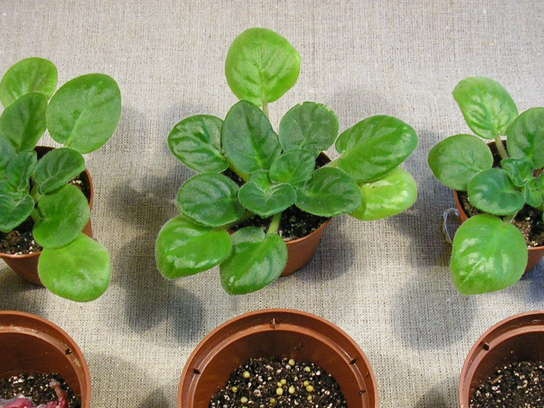
Before replacing the soil, the senpolia should be quarantined in order to protect other domestic plants from possible diseases. The quarantine lasts 1-2 months, if after this time the flower does not show signs of disease - you can choose a permanent place for it.
Violet transplantation algorithm at home
Correct transplantation of senpolia is the key to lush flowering and normal plant life. Consider the algorithm of actions when transplanting violets at home:
- Previously, it is necessary to prepare flowerpots, soil mixtures, drainage material, violets themselves, requiring transplantation for the procedure.
- At the bottom of the flowerpot, a small layer of drainage is laid with its further coating with soil.
- They take out the violet from the old flowerpot, easily pulling the stem base near the soil itself.
- A thorough inspection of the lower leaves of the plant is carried out, removing their lower tier, as well as wilted and damaged leaves.
- Gently shake the old soil from the roots, trying not to damage them.
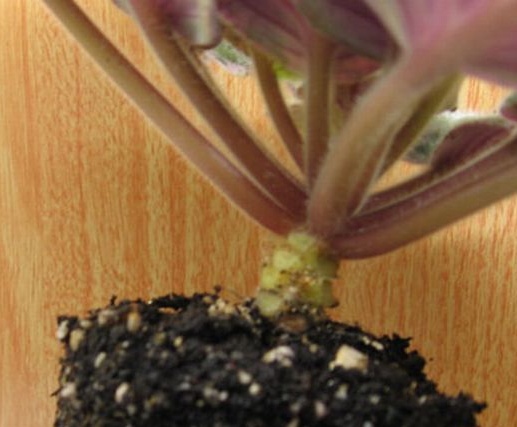
Transplant process - Inspect all the roots of the violet, removing dead and shortening too long.
- The outlet with violet is placed strictly in the center of the flowerpot, straighten the rhizomes and gradually add soil, tapping lightly on the flowerpot for even distribution of the mixture. The lower tier of flower leaves should be located 1 cm from the upper rim of the flowerpot.
- Water the plants. If after watering the soil settles a little, it is necessary to add a new mixture. It should be ensured that the soil in the pot is gently tamped, which will help prevent the formation of air voids between the roots of the plant.
Soil and pot selection
Particular attention before transplanting the Saintpaulia should be given to the choice of substrate and flowerpot.
Plastic flowerpots are most preferred for violets than ceramic or from another material. From such a pot, you can easily release the flower before replanting. In addition, they are easy to clean and light in weight. The volume of the new container should be 3 times larger than the transplanted bush itself and not exceed a height of 10 cm, the circumference of the upper part should be no more than 15-20 cm. Such a flowerpot is preferred for planting adults.
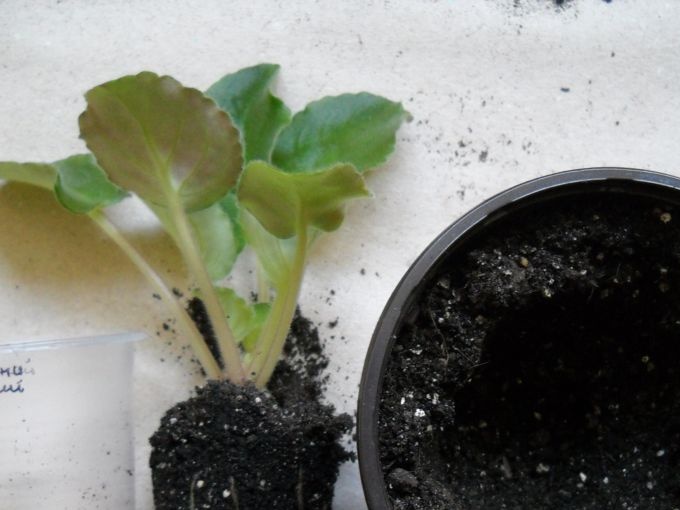
To fill the cup with roots, it should be transplanted into a new container, having previously filled the bottom with such a layer of drainage that can compensate for the depth of planting.
To ensure better watering and delivery of nutrients to the root system of the plant, it is recommended that you first wick the cotton threads into the pot. Then the soil will moisten faster.
For senpolia, light, slightly acidic soil is chosen, which includes: 5 parts of chernozem, 3 parts of peat mixed with one part of river sand of a large fraction. It is recommended to add sphagnum moss, vermiculite, crushed charcoal, coconut fiber, crumb bricks to this soil mixture. It should be remembered that the amount of additives should not exceed the amount of river sand.Expanded clay, moss and shards of clay flowerpots are well suited as drainage material.
If such a soil mixture is prepared independently, it must be steamed and disinfected with potassium permanganate so as not to expose the plant to the risk of any disease. The most suitable option is to buy a ready-made substrate for senpolia in a specialized store, then the risk of infection of the flower is minimized.
Transplant with a complete replacement of the soil
The most popular way of replanting senpolia at home is the option of completely replacing the soil mixture. This method is most suitable for transplanting adult flowers with a developed root system, when the roots are completely braided with an earthen lump and go outside from the drainage holes, as well as during rejuvenation.
When carrying out this procedure, a thorough and complete release of the roots from the old soil is made by lightly shaking the plants. The longest and overgrown roots are shortened by 2/3 using disinfected tools. All formed sections are treated with crushed charcoal.
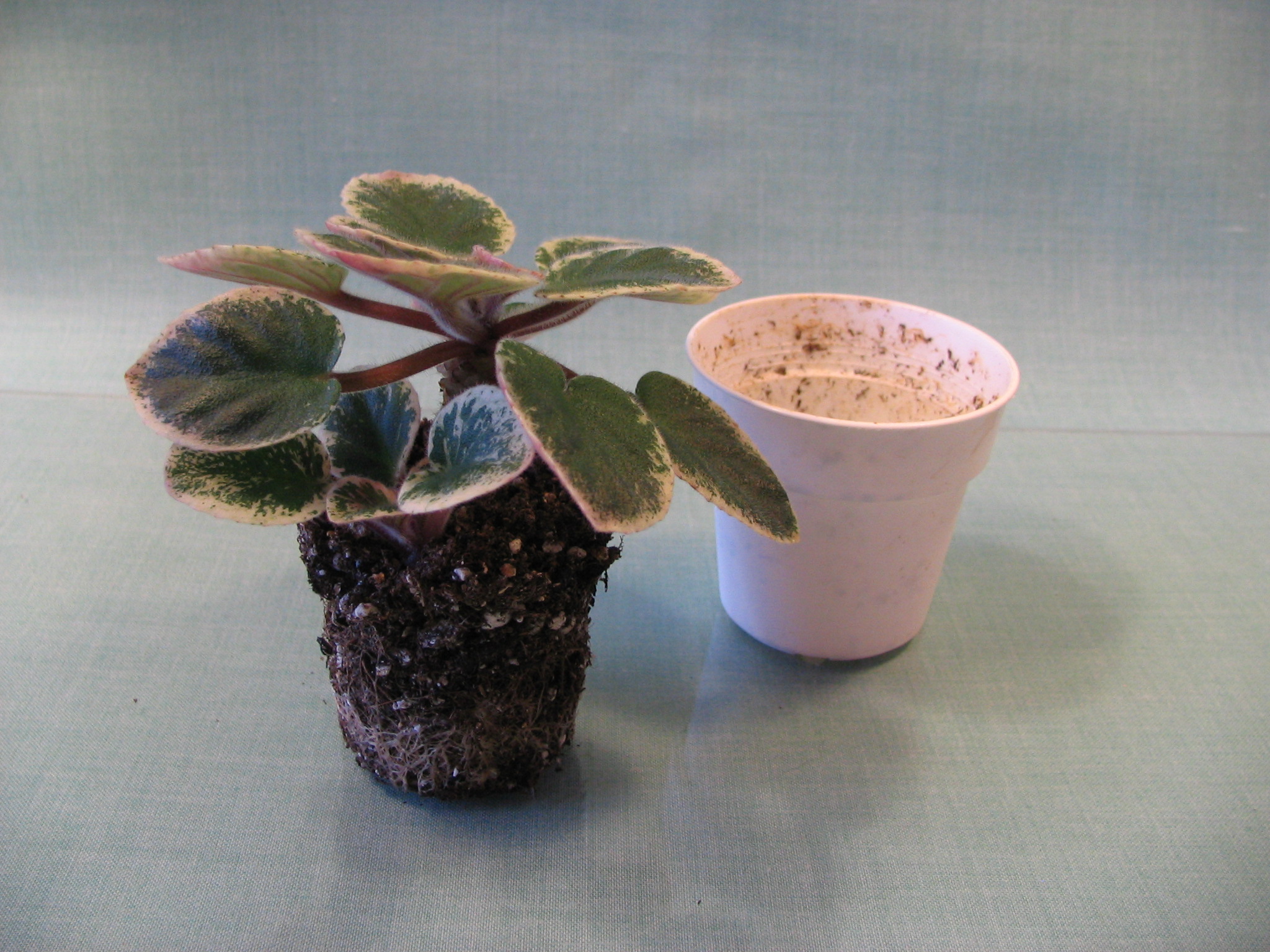
After this method of transplantation, it is recommended to place the flower pot in the greenhouse for several weeks to speed up the engraftment.
Partial replacement of the substrate in the pot
This type of transplant is most often practiced for young animals. To do this, the plant is removed from the old flowerpot, the old drainage material, excess crumbling soil, including the top layer unfilled with rhizomes, is removed. In this case, it is possible to remove almost half of the old soil mixture.
The vacated place in the flowerpot is filled with new soil, watering is done so that the earth "settles down". If necessary, add more soil.
Transshipment
The simplest and most popular method of transplanting violets is transshipment, which consists in extracting a plant from an old flowerpot together with a lump of earth and placing it in a larger flowerpot with further pouring of a new soil substrate. This option of transplanting violets is suitable for young animals, which quickly fills the landing capacity with roots.
Since during transshipment the roots are not cleared of the old earth, this method is suitable only for healthy plants whose root system is in perfect condition.
Transplanting violets according to the lunar calendar in 2024
It is well known that the moon affects the growth and development of plants. This phenomenon must be taken into account when transplanting the senpolia.
There are the most favorable days for loosening the soil, updating soil mixtures in flowerpots, replanting violets according to the lunar calendar of 2019, depending on the location of the moon in a particular zodiac sign:
- adult common senpolia transplanted under the sign of Cancer, Scorpio or Pisces, and ampelous - Gemini and Sagittarius;
- young plants, as well as children should be transplanted under the signs of the Virgin or Libra;
- the most favorable is the transplant of plants under the moon in Capricorn, then the violets will be resistant to various diseases.
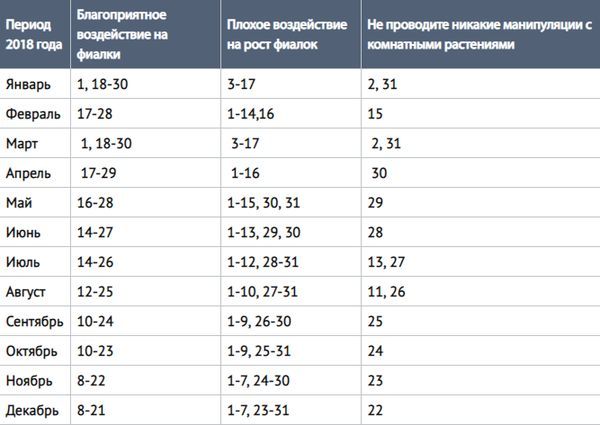
The growing moon promotes better rooting of transplanted flowers, promotes the formation of new inflorescences and flower buds. The violet growth rate during this period requires good watering.
Transplant violets in 2019 should be on such days of the growing moon:
- January 7–20;
- February 6-19;
- March 7–20;
- April 6-18;
- May 6-18;
- June 4–16;
- July 3–16;
- August 2-14;
- September 1–13, September 29–30;
- 1–13; October 29–31;
- November 1–11, November 27–30;
- December 1–11, December 27–31.
In 2019, a change is not recommended on the following days:
- January 1–5, January 22–31;
- February 1–4, February 20–28;
- March 1–5, March 22–30;
- April 1–4, April 20–30;
- May 1–4, May 20–31;
- 1-2, June 18-30;
- July 1, 18–31;
- August 16–31;
- September 15–27;
- October 15–27;
- November 13–25;
- December 13–25.
In order for violets to please the eye with their exuberant flowering and beauty, you should adhere to these recommendations and carry out all manipulations only on favorable days according to the lunar calendar.
Common questions
After this, the peeled stalk should be placed in water and wait for the formation of roots. Then plant the plant in a new substrate. You can plant the plant and immediately after cleaning the stem into the ground. In this case, a flowerpot with a flower is placed in a greenhouse for rooting.
Senpolias are amazing and unusually beautiful indoor flowers that, if properly maintained, will delight their owners for more than one year. By carrying out transplants at certain times and adhering to the recommendations on the procedure, you can achieve good growth and increase the number of violets in the home greenhouse.

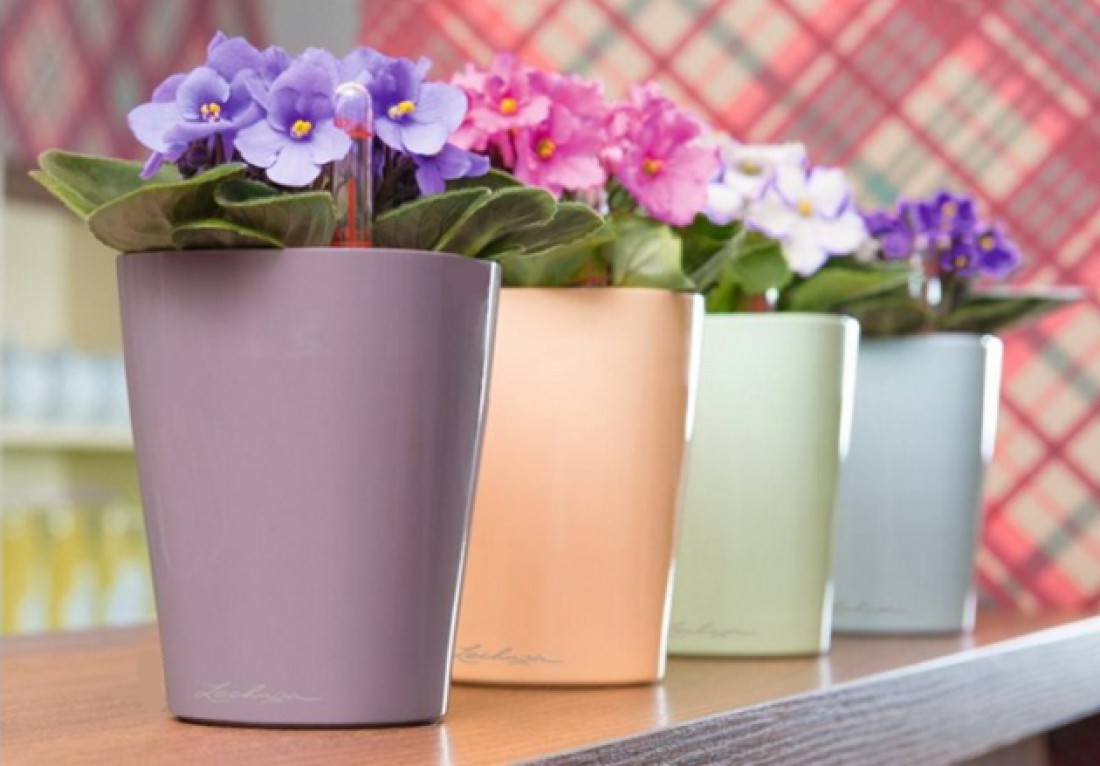
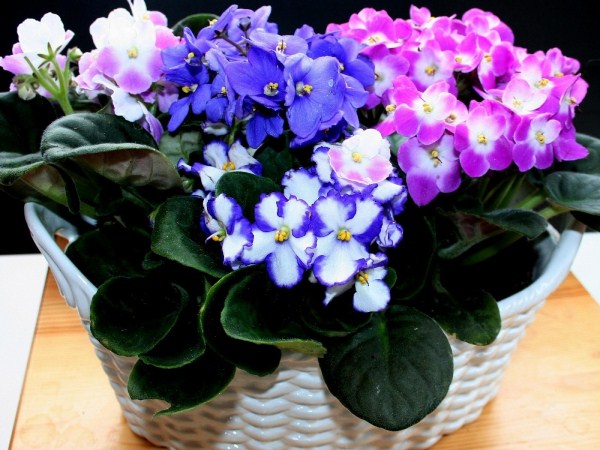
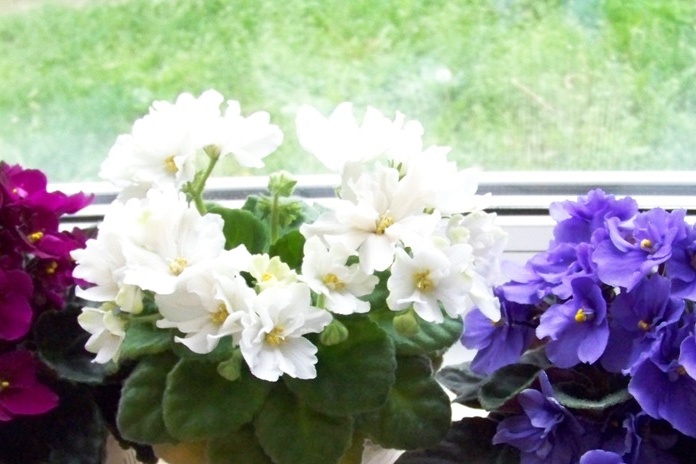
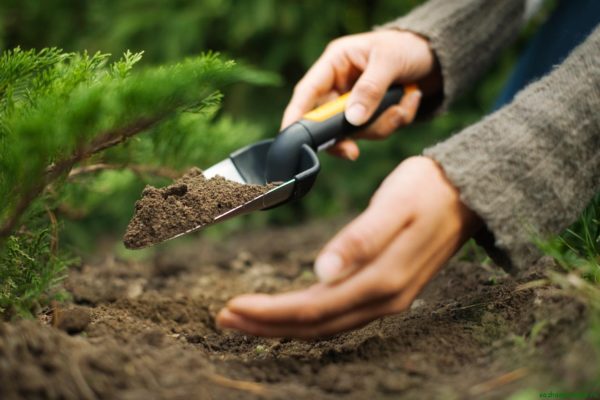 Sowing calendar for August 2024
Sowing calendar for August 2024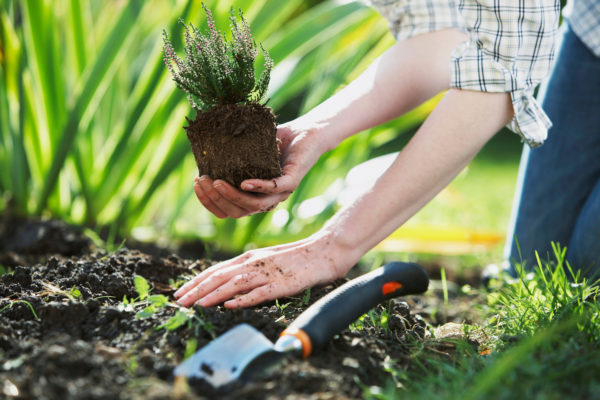 Sowing calendar for June 2024
Sowing calendar for June 2024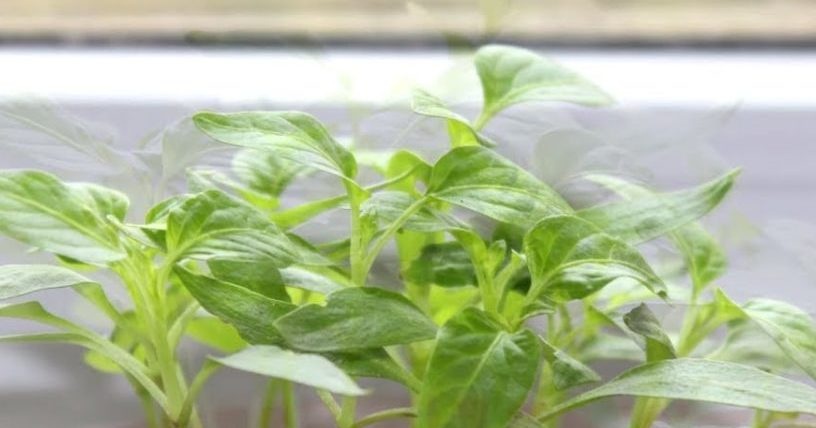 Sweet pepper (Bulgarian) - planting dates for seedlings and the lunar calendar 2024
Sweet pepper (Bulgarian) - planting dates for seedlings and the lunar calendar 2024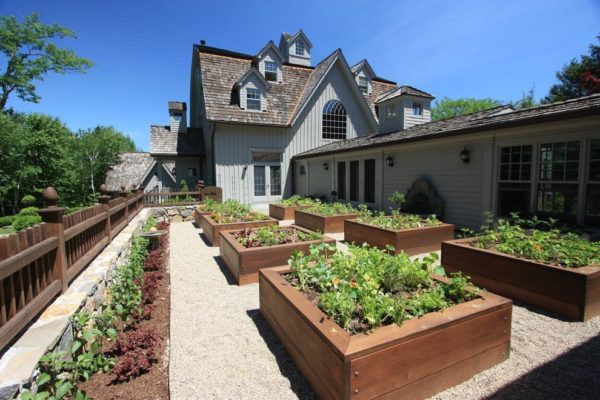 Boarding days in June 2019: favorable days
Boarding days in June 2019: favorable days